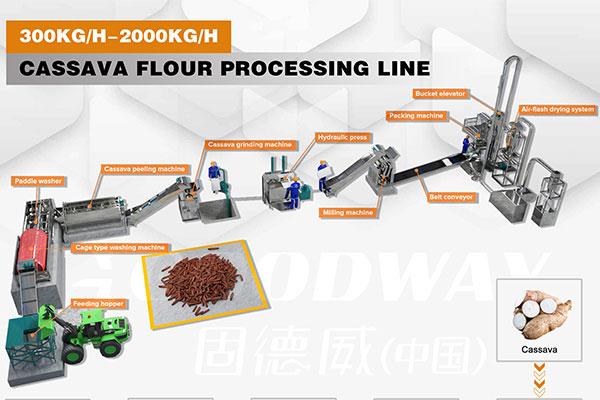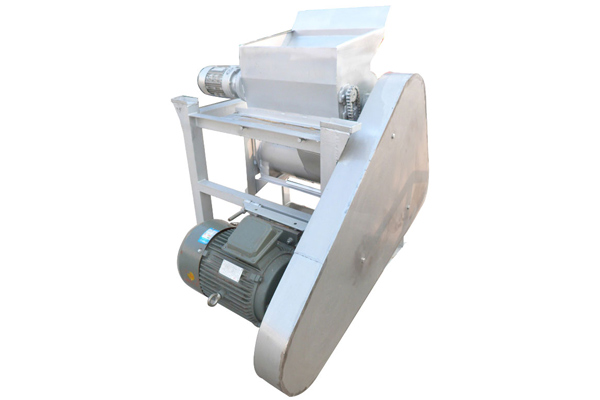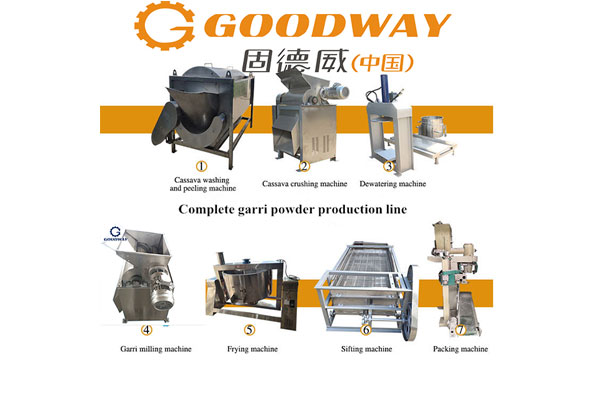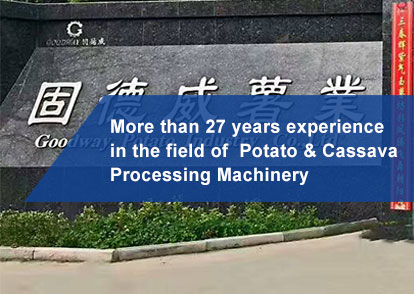The reasons for the overheating of the crusher
1. Oil pump wear - insufficient oil supply.
2. There is not enough running clearance between the spindle and the spindle bushing.
3. The oil cannot be discharged normally.
4. Use an improper breaker liner.
5. Cooked materials or unusually hard materials cause the crusher to overheat.
6. There is insufficient clearance between the top surface of the eccentric sleeve and the lower surface of the bowl-shaped creel, and the oil flow is not smooth.
7. Insufficient oil supply.
8. The belt is too tight.
9. The crusher is not properly lubricated with oil.
10. The drive shaft has no axial clearance.
11. The output power of the crusher is too large.
12. The discharge port is too small.
13. There is insufficient clearance between the top of the rack bushing and the bottom of the large gear.
14. The gasket between the lower thrust plate and the bottom cover of the frame is too thin, so that the "displacement" moves toward the center oil hole, resulting in less lubrication of the main shaft bushing.
15. The lubrication holes on the main shaft or body are blocked by dirt or other things.
16. The rack bushing is trapped in the rack hole or the top of the rack hole is collapsed.
17. The spindle bushing "collapses" on the top of the thin edge of the eccentric sleeve. (This part is just opposite the big gear).
Solution of Overflow Elutriation Crusher
1. Check that the oil flow in the return line is correct.
2. Check the spherical wear of the bowl tile and the body based on the lower recess of the bowl tile. The surface of the body should be smooth without any visible ridges.
3. Check the oil pipe inclination from the crusher to the tank (min. 1:12) and clean the hood on the side of the drive shaft.
4. The material is broken too much in the lower part of the crushing chamber, resulting in excessive power consumption.
5. Install the oil cooler as appropriate.
6. Maintain the correct clearance between the bowl-shaped bearing frame and the eccentric bushing. The minimum oil flow cross section between the main shaft bushing and the main shaft is prone to local hot spots.
7. Check that the safety valve is worn out due to wear, metal chips, or spring failure. The oil flows back to the tank through the bypass. Check that the fuel tank level is correct.
8. Readjust the tension of the belt.
9. Switch to a suitable lubricant and recommend an extreme pressure lubricant.
10. Re-adjust the axial clearance (0.8 to 1.6 mm). 11. Usually due to improper feeding, too much fine ore in the feed, or the discharge port is too small.
12. The discharge port shall not be less than the recommended minimum.
13. The oil is trapped between the frame bushing and the eccentric bushing; the top of the rack bushing must be flush with the top of the rack.
14. Do not use spacers that are thinner than 1mm.
15. The vertical and horizontal holes on the main shaft and the inclined holes on the body should be blown clean with high-pressure air.
16. The frame holes must be restored to their original diameters, either by machining or by hand. Manual grinding takes 6-8 hours to complete and is limited to a limited range. It is somewhat rough and irregular, but it is an effective way to solve the "collapse" of the rack.
17. Manually remove the "collapsed" part of the eccentric sleeve so that the bottom of the spindle bushing fits snugly against the bore in the frame. However, the frame bushing must not be forced into place.
The reasons for the decline in crushing capacity:
1. As the wear port of the lower part of the rolling wall becomes smaller, the ore enters the crushing chamber. Transition wear of the liner.
2. The crusher runs at a low speed.
3. The feedstock humidity is too high, reducing the speed at which the material moves in the crushing chamber.
4. The oversized sheet material is shackled above the feed opening on the top of the liner.
5. The feed contains large pieces of wood, roots, chopped wood, etc., making the material move slowly.
6. The feed upper limit size is too large.
7. The feed contains a large amount of clay.
8. The feedstock is improperly distributed, and the segregation of the feedstock causes the fines to be fed to one side of the crushing chamber.
9. The spindle is broken or cracked.
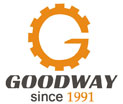
 EN
EN
 fr
fr  es
es  it
it  pt
pt 